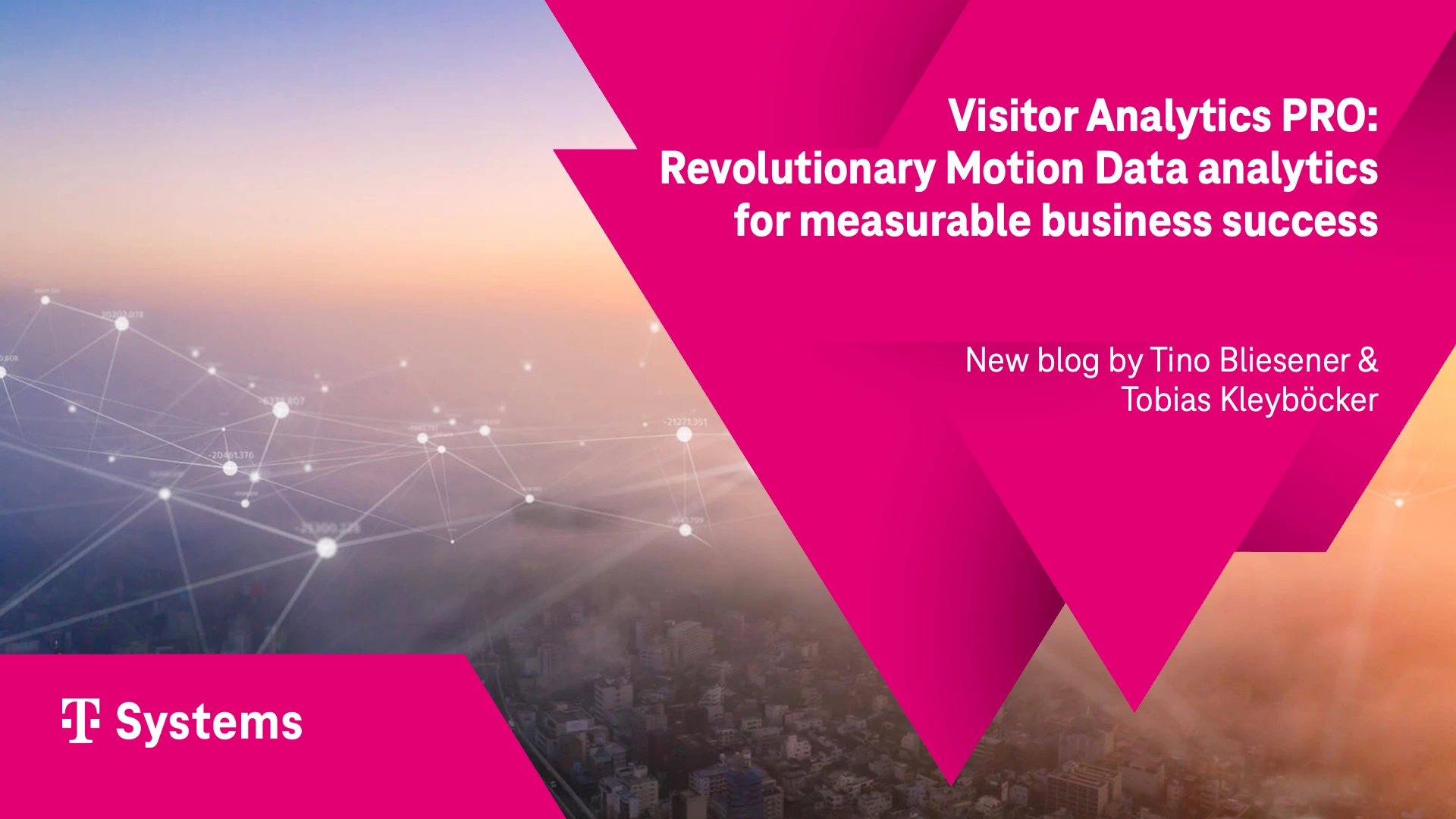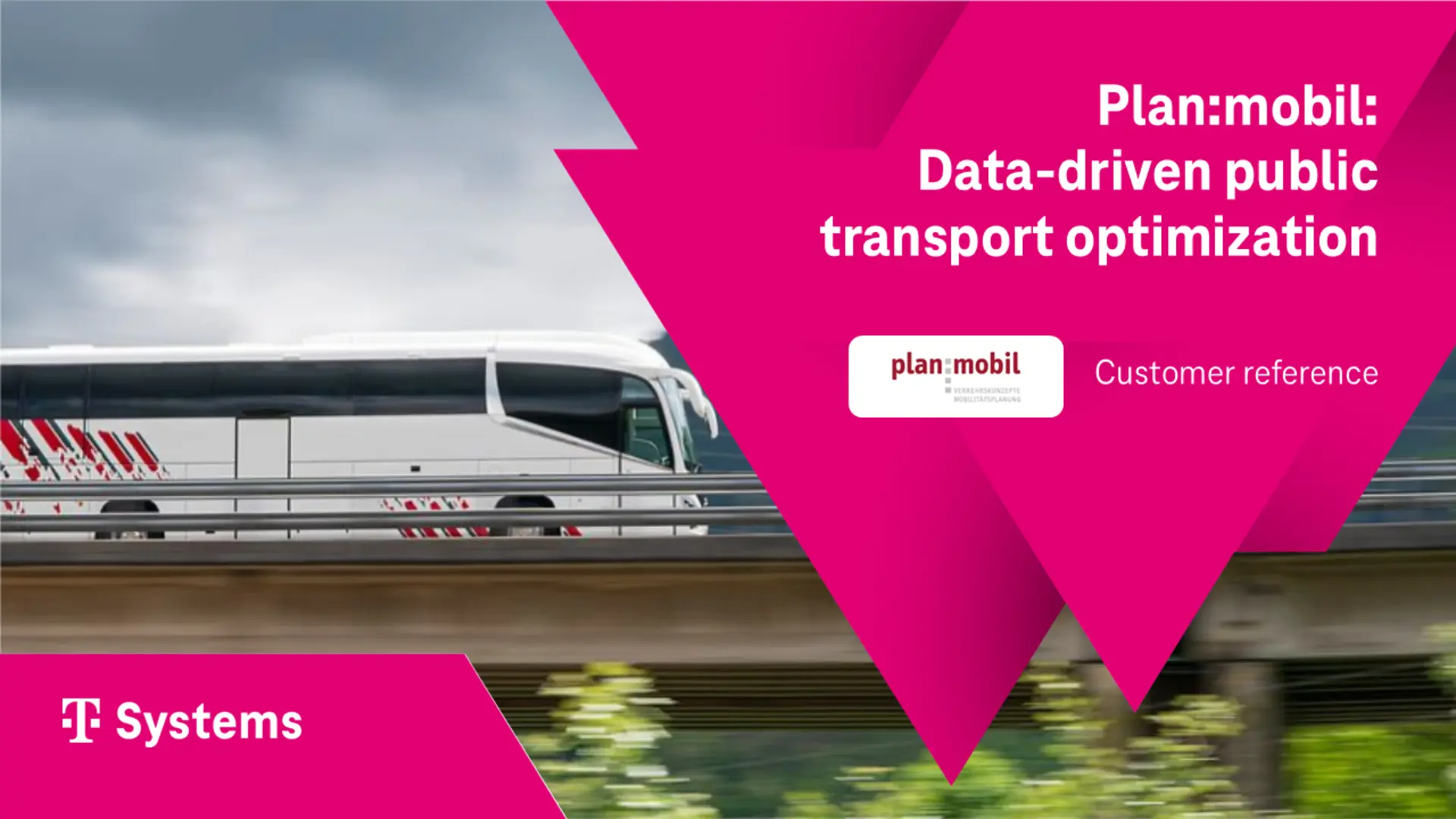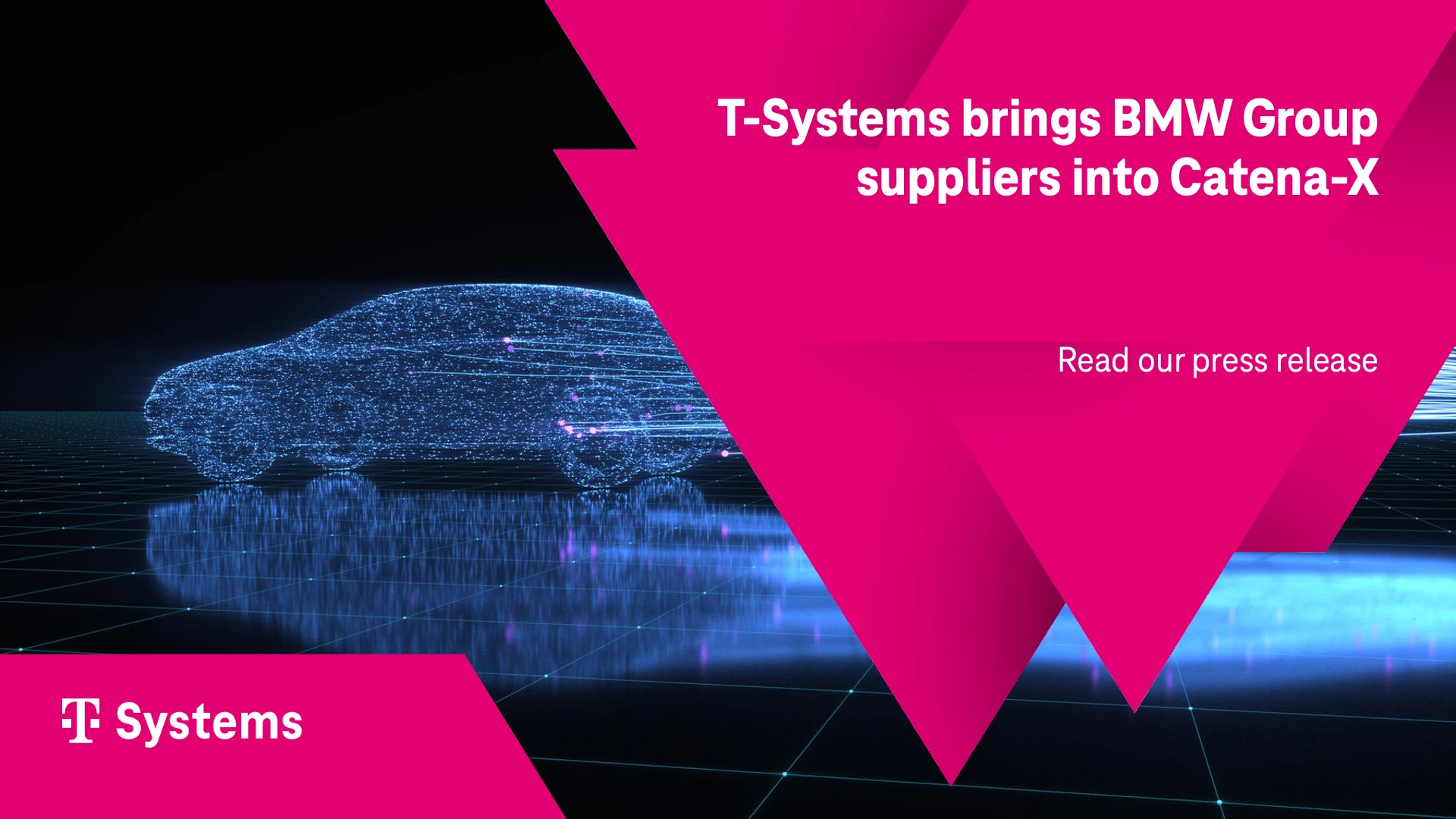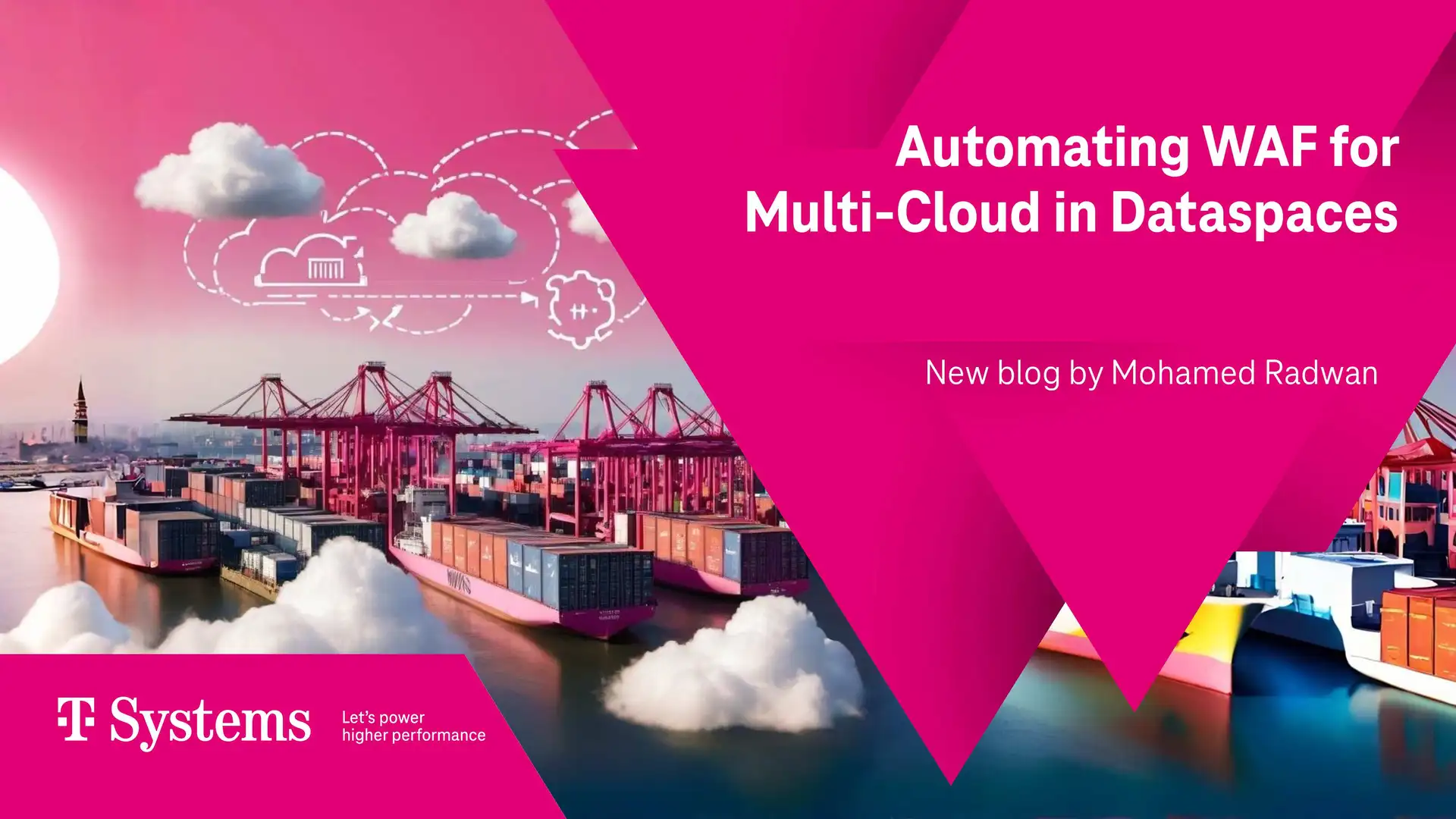Politicians, business leaders, economists … Everyone speaks about the platform economy. The pioneers of this development, the American companies Amazon, Google, and Microsoft, were the first incorporated companies ever to break the US$ 1 trillion valuation barriers. The key element of any platform is data: “Data can be used to create a digital image (digital twin) of people and their environment. However, this inherits the risk of losing sovereignty over one’s own data” (BMBF, link). What could a win-win situation for data value creation with data sovereignty look like?
Human digital twin with data sovereignty
“It is the goal of the project DaWID to research and test a data-centered value-added platform, on which users can manage their data transparently and sovereignty,” explains Sven Meister, consortium leader and head of the health department at the Fraunhofer Institute for Software and Systems Engineering (ISST). DaWID stands for “Data-centered value-added platform for interactive, assistive service systems” and is funded within the framework of the Digital Platforms Program by the Federal Ministry of Education and Research (BMBF). Experts from science, leading data analysts, and software developers work together to advance the development of the theoretical approaches to the point of prototypical productization of first functional demonstrators in real-life situations.
From theory to practice with top partners
“Data sovereignty is the ability of a natural person to be completely in charge of their data,” explains Prof. Dr. Boris Otto, head of the ISST (Otto 2016). Otto is one of the leading experts in this field and of the Fraunhofer International Dataspaces (IDS) Initiative (link). With “DaWID” his research can now be applied in the B2C area and “Digital Life Journeys” (see IDSA Blog, link). After the scientific homework has been done, it is crucial to cooperate with innovative teams from companies that know the platform business and data analytics, to make the transition from science to practice. One member of the team is the Telekom Data Intelligence Hub. “The Data Intelligence Hub is a product family that helps to realize new business opportunities with IoT, the Internet of Things, quickly and economically,” explains Prof. Dr. Chris Schlueter Langdon, principal investigator at Telekom. He is an expert in analytics productization from business practice and science (see “Telekom, IBM und IDSA on stage” link), with a Ph.D. in Artificial Intelligence and as head of the Drucker Customer Lab at the Peter Drucker School of Management in California (link). Further partners at DaWID are KIT, Karlsruhe Institute of Technology (link), and idigiT – Institute for Digital Transformation in Healthcare GmbH, Witten (link). idigiT is an affiliated institute of the University of Witten/Herdecke and with its interdisciplinary expertise is a valued expert in the fields of “Digital Health” and “Digital Ethics.”
Three steps to success
idigiT’s founder Dr. André T. Nemat is certain: “Digital ethics require a paradigm shift that returns data sovereignty to those to whom it belongs” (link). Today, as a private person, it is often impossible to share the own data with service providers or third parties, for further refinement and then, in turn, to profit from the value creation. The blueprints of the IDS could offer a solution. The International Dataspace (IDS) is an initiative of the Fraunhofer Gesellschaft that aims to create a data room for secure data exchange across industries while ensuring data sovereignty.
Step 1: Create application scenarios
In the first step, requirements are defined by creating realistic use cases. For example Maria, 55, with persistent migraines. Available treatment methods don’t provide relief, but there is hope: A new drug combined with a digital service. The digital system is constructed by a pharmaceutical manufacturer together with a smart home provider, with which sensor technology should help to identify and regulate possible stressors such as light or temperature. Currently, they are looking for test subjects and Maria is interested, but skeptical. She would like to know what her data is used for and to simply withdraw the right to use the data on her own.
Step 2: Building a demonstrator
In a second step a test environment has to be built to implement the application scenario to be implemented, a test environment has to be built. This demonstrator must act as an interface between the different platforms of the various service providers. In addition, the data owner, like Maria, must be able to control her own data. Since the IDS is providing the foundation, the infrastructure of the Telekom Data Intelligence Hub is ideal. The Hub is a platform solution, that consist of various components, such as the workspace, data exchange and the IDS_ready connector. Thus, the platform is not only a pioneer in the implementation of the architectural blueprints of IDS in the B2B area (see “T-Systems as pioneer,” link) but also provides the foundation for expansion into B2C areas, as required in the application scenario.
Step 3: Testing of the scenarios
After the demonstrator has been set up, the application scenarios have to be tested to check whether they meet the essential formulated requirements. Emphasis is placed on considering the ethical implications and the consequences for the user. DaWID strives to close the gap between theory and practice, so that in future all involved parties – platforms, data processing companies, and users – can benefit from the value of data whilst maintaining data sovereignty.
Digital twin of things to human
First concepts of a digital twin already exist in various areas. For example digital twins of parts in the automotive industry, to enhance the product lifecycle management (see our “Digital twin: Simulate and save“ example, link). Now, the digital twin is expanding from things to humans:
- “Avatars: Are we ready for our digital twins?” a BBC documentation on potential and risk of the digital twin (link).
- „Digital Twin“ in Telekom‘s Best Practice Magazine discusses ethical issues with using the digital twin (link).
- „A Crash Test Dummy for Medicine” in Telekom’s Best Practice Magazine, a vision of future medicine by using a digital twin to develop “personalized drugs” (link).
- “Technology Personified,” in American Marketing Association Marketing News discusses the personalization in telematics in the automotive industry (see Drucker Customer Lab, link).
Sponsored by:
References
Otto, B. 2016: Keynote zur Digitalisierung als Geschäftstreiber der vernetzten Industrie. Keynote of the Digitale Transformation in netzgestützten Industriesektoren der Bundesagentur. Berlin-Brandenburgischen Akademie der Wissenschaften, link
Meister, S., Otto, B. 2019: Digital Life Journey. Grundlagen eines Frameworks für ein selbstbestimmtes Leben des Bürgers in einer sich digitalisierenden Welt. Hg. v. Boris Otto und Jakob Rehof. Fraunhofer-Institut für Software-und Systemtechnik ISST. Dortmund (ISST-Bericht). DOI: 10.24406/ISST-N-5590



























